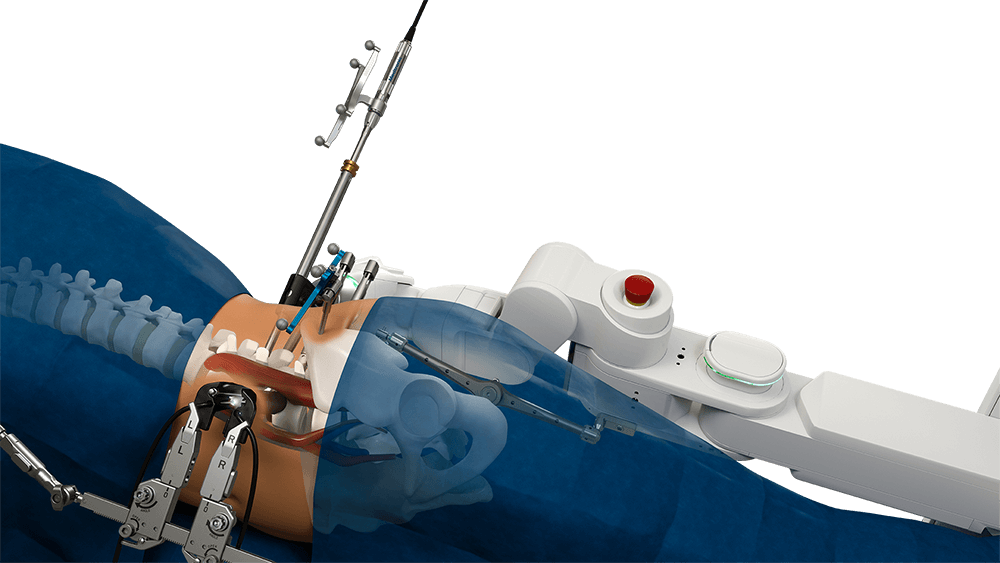What Is Robotic Spinal Surgery?
In a typical hip replacement, a surgeon replaces a damaged or arthritic hip joint with an artificial one, usually made of metal, ceramic, or plastic. This relieves pain, restores function, and helps patients return to normal activities. Robotic-assisted hip replacement uses a robotic system to aid the surgeon in performing each step of this procedure with heightened accuracy, allowing for a more personalized approach that aligns closely with the patient’s unique hip structure.

How Does Robotic Spinal Surgery Work?

Preoperative Planning
Uses a 3D model of the patient’s hip to customize the surgical approach, ensuring a precise fit for the implant

Surgical Guidance
Provides real-time feedback during the operation, helping the surgeon make exact cuts and avoid damaging surrounding tissue.

Precise Implant Placement
Allows for accurate positioning, enhancing joint stability, natural function, and implant longevity.








